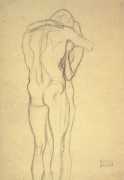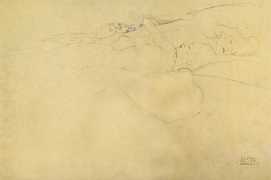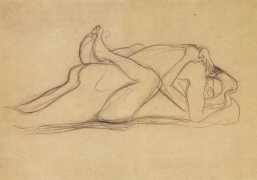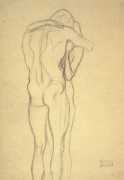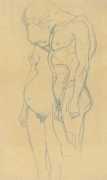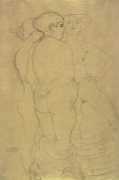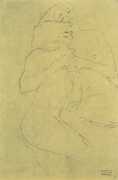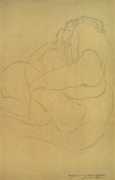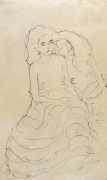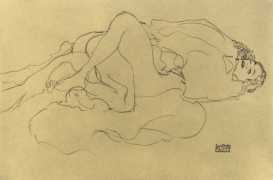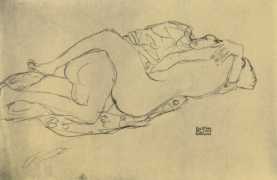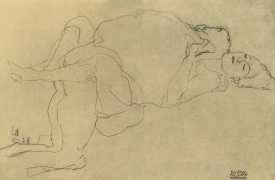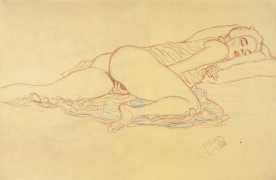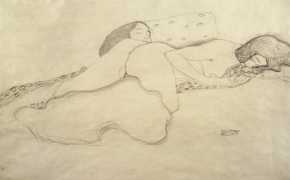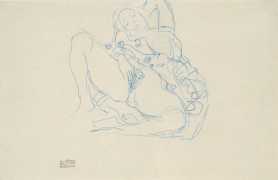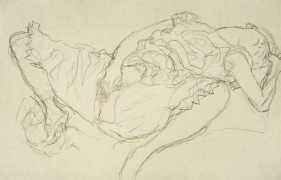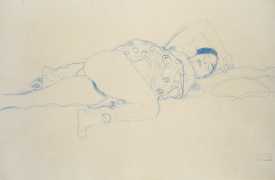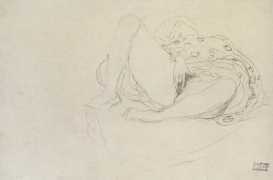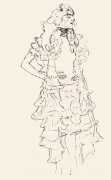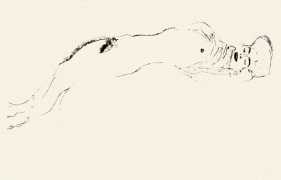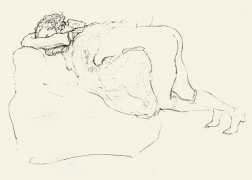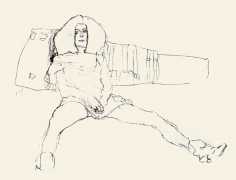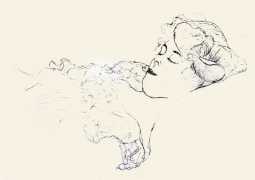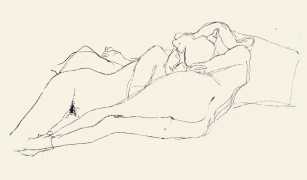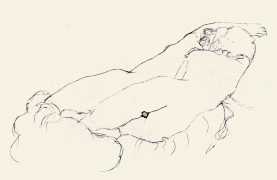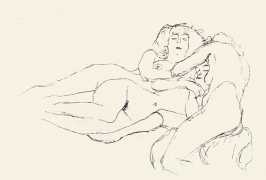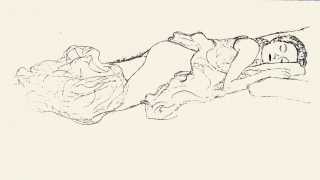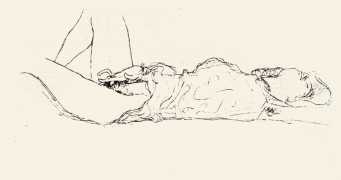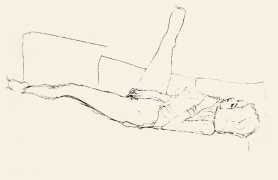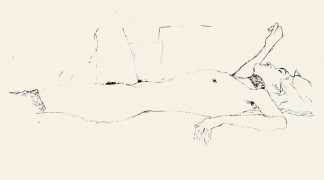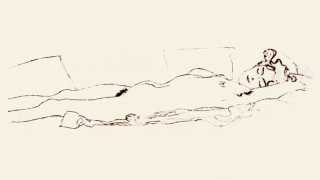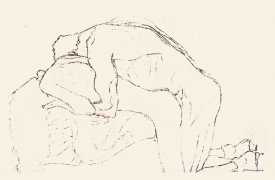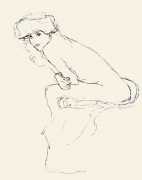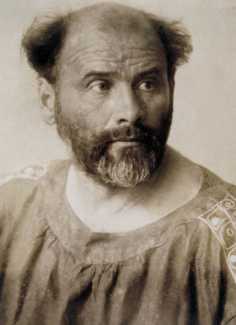 Gustav Klimt, the Vienna Secession painter best known for his powerful gold-enhanced works like ‘The Kiss’ and ‘Portrait of Adele Bloch Bauer’, famously wrote ‘All art is erotic’. Though best known for his paintings, he was also an incredibly prolific draughtsman.
Gustav Klimt, the Vienna Secession painter best known for his powerful gold-enhanced works like ‘The Kiss’ and ‘Portrait of Adele Bloch Bauer’, famously wrote ‘All art is erotic’. Though best known for his paintings, he was also an incredibly prolific draughtsman.
Klimt was one of the founding members of the Vienna Secession, a group of Austrian artists who had resigned from the Association of Austrian Artists in protest at their restrictive attitudes towards art. The Secession artists felt that art had become stagnant, with artists merely repeating the styles of the past masters. Above the doorway to the Secession’s building is inscribed ‘to every age its art and to art its freedom’, which perfectly summarises the principles of the movement. Klimt left the Secession in 1905 due to an ongoing dispute with those naturalists who, as he saw it, refused to let go of the realist influence in their art.
Klimt continued to push the boundaries throughout his life, and his style was controversial at the time, as was the subject of many of his paintings and drawings, which were more often than not erotic. Although Klimt had never faced any legal problems with his erotic art, his student Egon Schiele, who was strongly influenced by Klimt, had hundreds of his erotic drawings confiscated in 1912 on grounds that they were pornographic.
Gustav Klimt only illustrated one published text, Lucian’s Die Hetärengespräche (Dialogues of the Courtesans), but we have also included here a selection of his erotic drawings to give a flavour of his vast output, and to demonstrate that behind every major painting was a carefully crafted portfolio of remarkably-observed figure drawings.

